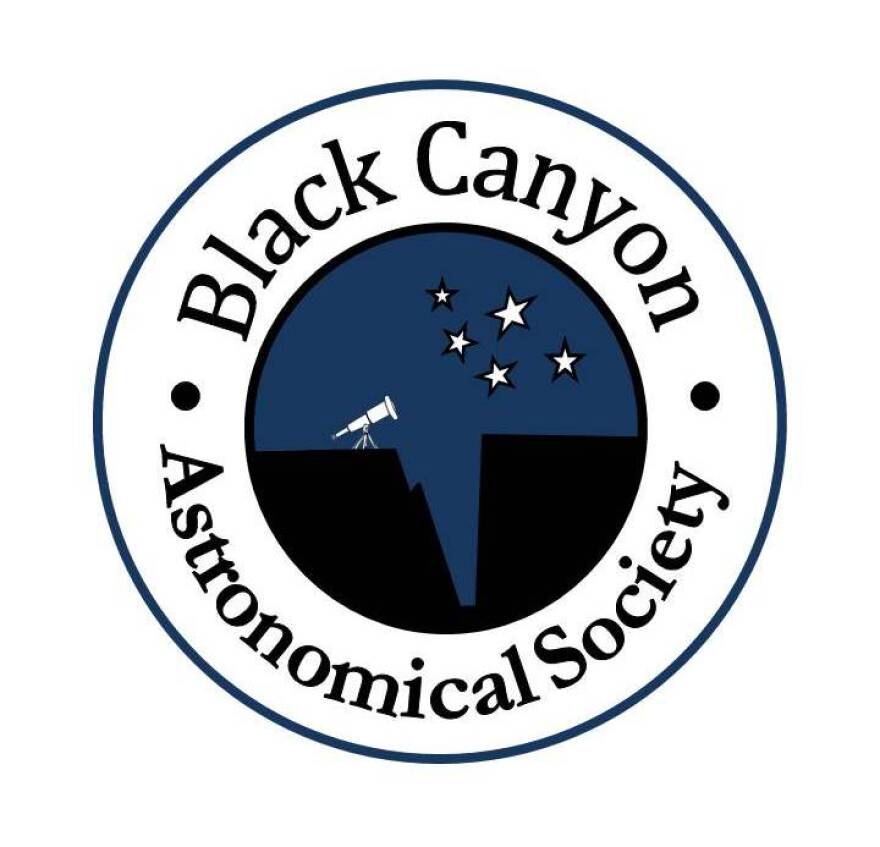It’s hard to imagine not knowing about Saturn’s rings. The planet is iconic, and even those least interested in astronomy can still picture it. Yet, for thousands of years, we didn’t know. Early sky watchers saw Saturn with unaided eyes, looking like a rather bright star.
The first person to see Saturn’s rings was Italian astronomer Galileo Galilei, looking through the first telescope in 1610. He described Saturn as having appendages, either arms or smaller planets on either side. Of course, the first telescope was also rather rudimentary. Looking through improved telescope optics, Dutch astronomer Christiaan Huygens correctly deduced that Saturn’s appendages were, in fact, a ring, in 1659. And 15 years after that, Italian-French astronomer Jean-Dominique Cassini discovered a gap in the ring, and it became Saturn’s rings, plural.
Saturn is a gas giant, made mostly of hydrogen and helium gases, although some scientists speculate it may have a solid core. The rings are solid, comprised of billions of ice and rock particles that range in size from sand grains to mountains. There are 7 major rings, and hundreds of smaller ones. Other planets have rings, too, but Saturn’s are the most spectacular.
Much of what we know about Saturn’s rings today, we discovered through the Cassini-Huygens mission. The probe orbited Saturn from 2004 to 2017 and was named after those early astronomers. From the Cassini mission, we learned the varying size of ring particles and that Saturn’s moons partly provide the ring material. As the first to orbit Saturn, Cassini also showed us new perspectives and inspiring views of the planet. Of course, scientists also study Saturn via telescope from Earth, continuing the 400-year-old tradition.
If you have the opportunity, I highly recommend observing Saturn through a telescope, the way that Galileo, Huygens, Cassini, and countless others have. You can also see Saturn the way our ancestors did. Look for a moderately bright ‘star’ in the low southeastern night sky (although not the brightest – Jupiter is there too). Saturn does not twinkle like the stars, making it easier to identify, and astronomy rangers at your local dark sky park – like Black Canyon National Park - can help you find it. How ever you discover Saturn, I hope it inspires in you the same feelings it has for centuries, from Cassini the man to Cassini the probe.

Western Slope Skies is produced by the Black Canyon Astronomical Society. This episode was written and recorded by Ranger Austin Tumas from Hovenweep National Monument.


